Is It True That The Galaxy S10 Will Feature Ultrasonic Fingerprint Sensor?
Dhir Acharya - Feb 19, 2019
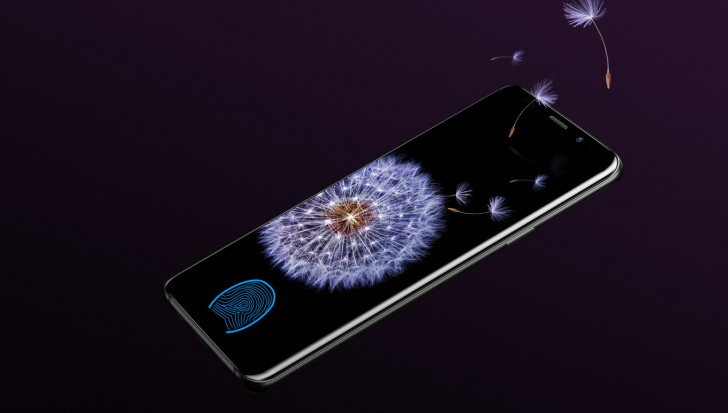
Last year, Qualcomm first unveiled its ultrasonic fingerprint sensor. At the time, the chip maker said this technology will feature on 2019 smartphones.
- Best Gaming Phones 2025: Top Devices for Mobile Gaming
- Samsung Odyssey 2025 Gaming Monitors Launch in India with Revolutionary Features
- Samsung Galaxy Z Fold 7 Ultra: The Next Chapter of Premium Foldables
Last year, Qualcomm first unveiled a prototype of its ultrasonic fingerprint sensor at its headquarters in San Diego. At the time, the chip maker said this technology will feature on 2019 smartphones. Also last year, Samsung mobile teased the technology at an event held in China. While Qualcomm didn’t say what phone will carry the technology, Samsung concealed the specs of its S10. But for what we can tell, if any phone maker wants to use the ultrasonic technology, it has to work with Qualcomm.
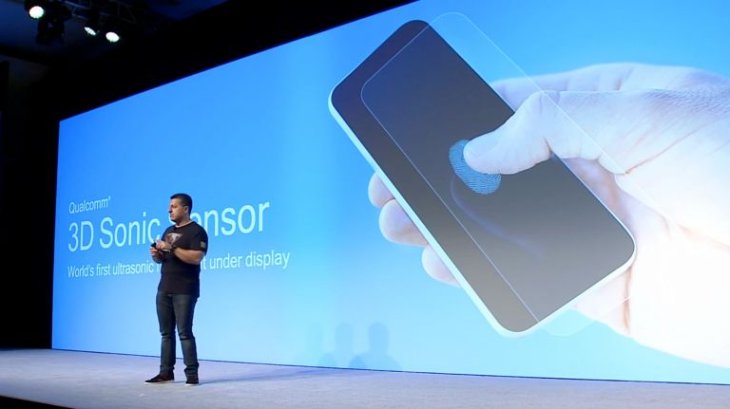
Qualcomm first unveiled ultrasonic fingerprint sensor in 2018
When we embed the fingerprint scanner under the display, it’s the next step in identity verification and login to smartphones. It is also a way to completely ditch the physical home button as well as enlarging the frame around the screen. The trend to minimize the screen-to-body ratio has forced smartphone players to relocate the fingerprint reader to the phone’s rear or ditching it and use the facial recognition tech instead like Apple did to its iPhone X.
So, do you know how the ultrasonic fingerprint sensor works?
Tech giant Qualcomm uses sound waves to map your fingerprint based on the pressure of waves bouncing off the contours on your skins.

How ultrasonic fingerprint sensor works
There are several advantages coming with the ultrasonic technology, according to Qualcomm’s director of product management, Gordon Thomas. First and foremost, the technology overcomes the liquid challenge, it can read your fingerprint even when your finger is wet because sound waves can travel pass liquids. As touted by Gordon, the technology poses the rejection rate of as low as 1 percent, and 250 milliseconds of lag time, which puts up a fierce competition to the capacitive fingerprint scanner on the Galaxy S9 and iPhone 8.
Next, the sensor is only 0.15 millimeters thick, meaning the phone doesn’t have to be much thicker. The technology also works through metal or glass surfaces. Currently, the Huawei Honor 10 has already embedded this technology, but Huawei placed its fingerprint sensor below the display rather than under it.
Last but not least, ultrasonic waves are able to track heart rate and blood flow.
Ultrasonic smartphones, where are you?
Although Qualcomm introduced the technology over half a year ago, we have hardly seen any smartphone embracing it among a bunch of recently launched phones.
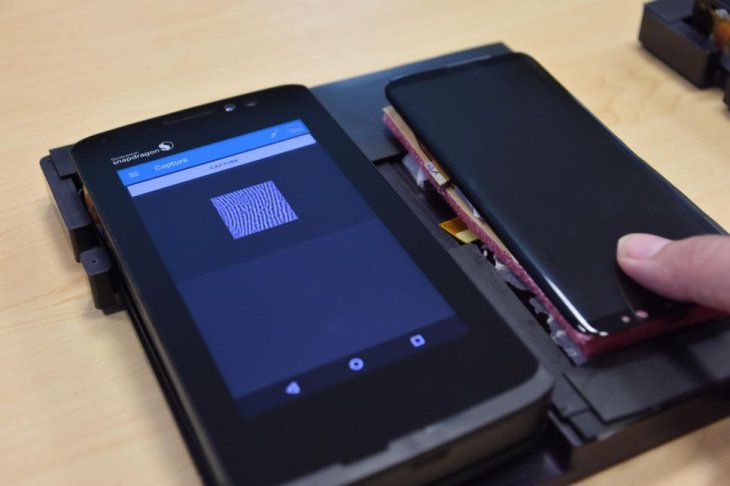
The reason behind this, Gordon said, is that only flexible OLED displays can enable this technology. And most phones now use rigid OLED, which means they have air gaps preventing sound waves from traveling through.
Like in the Honor 10 mentioned above, since the fingerprint sensor cannot work through its display, the company had to place it in the glass section.
It’s so hard to get a flexible OLED screen display for a demo device that the chip maker hasn’t even had a working prototype. That's why, here, you see a dummy phone paired up with another smartphone to indicates how the technology works.
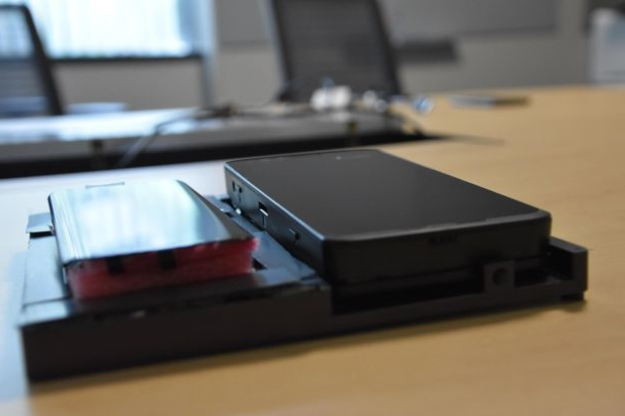
Right now, Samsung and Apple are the only two phone makers that use flexible OLED displays. However, since we all know the legal battle between it and Qualcomm, it’s unlikely that Apple will get to use the ultrasonic technology.
Oh well, Samsung is the only possible answer left.
When announcing its long waited Galaxy S10, the Korean giant will use the right display technology and possibly another impressive feature to tout its phone.
We’ll see.
Featured Stories

Mobile - Oct 23, 2025
How Casual Games Are Winning the Mobile Attention War

Mobile - Jul 03, 2025
OPPO Reno 14 Series Hits India: Launch Date, Cameras, and Specs

Mobile - Jun 12, 2025
Best Gaming Phones 2025: Top Devices for Mobile Gaming
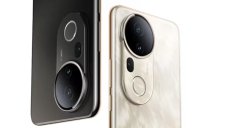
Mobile - Jun 12, 2025
Vivo T4 Ultra Debuts with MediaTek Dimensity 9300+ Chipset
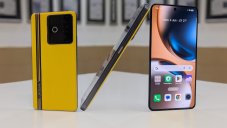
Mobile - Jun 08, 2025
Realme GT 7T Review: Power Meets Endurance in Controversial Style

Mobile - Jun 08, 2025
Motorola Edge 60 Set to Debut in India This June

Mobile - Jun 07, 2025
Realme C73 5G Launches in India: Budget 5G Phone Starts at ₹10,499

Gadgets - Jun 07, 2025
OnePlus 13s Makes Indian Debut: Compact Flagship Brings Premium Features at...

Mobile - Jun 04, 2025
Samsung Galaxy Z Fold 7 Ultra: The Next Chapter of Premium Foldables

Mobile - Jun 02, 2025
Comments
Sort by Newest | Popular